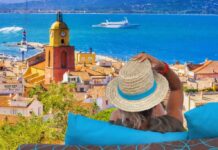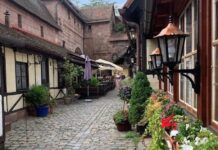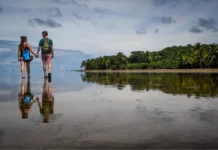Nestled in the shadow of the mighty Mount Vesuvius, Pompeii and Herculaneum, two bustling cities of the Roman Empire, were frozen in time in 79 AD by a devastating volcanic eruption. Today, these preserved cities offer us a snapshot of Roman life, bringing the past back to life in an extraordinarily vivid way. In this article, we’ll journey through time and explore these ancient wonders, delving deep into their history, archeological revelations, and the enduring allure they hold for us in the present.
The Untold Story of the Tragic Eruption
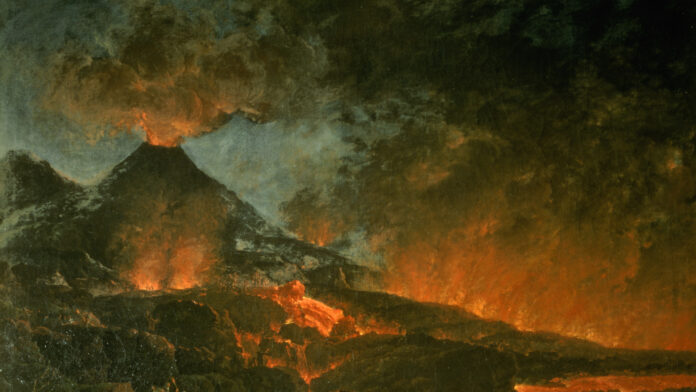
Mount Vesuvius’ eruption in 79 AD is one of the most infamous volcanic eruptions in human history. It led to an unprecedented preservation of Roman life, creating a historical record unparalleled anywhere in the world. Over two days, the cities of Pompeii and Herculaneum were buried under a thick layer of volcanic ash and pumice, their inhabitants succumbing to the deadly rain. Despite the catastrophe, the event provided an opportunity for future generations to peek into Roman life as if looking through a window into the past.
Rediscovering Pompeii: Unearthing the Past
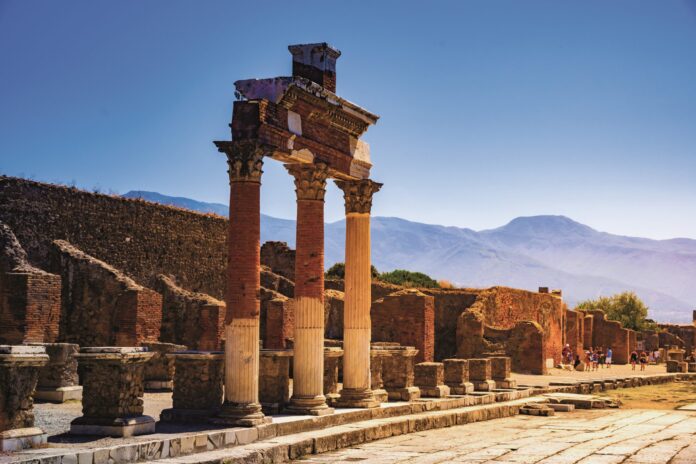
Pompeii, a vibrant city located near the western coast of Italy, was a bustling hub of trade and culture. Its status as a popular holiday destination for wealthy Romans and a significant agricultural region made it a unique mix of urban and rural life. Archaeological excavations have uncovered everything from humble abodes to grand villas, marketplaces, temples, and even brothels, providing a comprehensive picture of Roman life. The continuous efforts in preservation and the unearthing of new sites keep the city alive together with Italy small group tours, allowing us to continually learn and discover more about our collective past.
Exploring Herculaneum: A Hidden Gem
Located closer to Vesuvius and hence subjected to a more intense onslaught, Herculaneum was a prosperous seaside town often overlooked due to the fame of Pompeii. However, its significance should not be underestimated. The city offers a unique perspective on Roman society, its better preservation providing a more intimate glimpse of daily life, including wooden and organic materials rarely seen in Pompeii. Continuous work is underway to bring more of Herculaneum’s hidden stories to light, reinforcing its importance as a historical and cultural resource.
The Houses of Pompeii and Herculaneum
The ancient houses of Pompeii and Herculaneum serve as architectural time capsules. They provide us with a vivid picture of how Romans lived, showcasing stunning frescoes, intricate mosaics, and detailed floor plans that give us insights into the socio-economic status of the inhabitants. These buildings, from the humble homes of workers to the grand villas of the elite, are crucial to understanding the social fabric of these cities and the Roman Empire as a whole.
Public Buildings: Temples, Theaters, and More
Public buildings like temples, theaters, and bathhouses were the lifeblood of Pompeii and Herculaneum. They were spaces for worship, recreation, and business, playing a vital role in the cultural and religious life of these cities. Analyzing these structures helps us comprehend the importance of communal life in Roman society, shedding light on aspects of Roman civilization that are often overshadowed by tales of emperors and military conquests.
Ancient Art and Artifacts
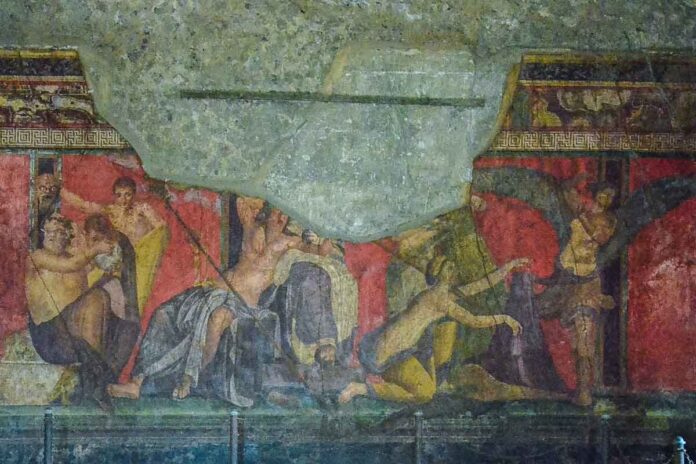
The eruption of Vesuvius also led to the preservation of a plethora of art and artifacts. These artifacts, from ornate jewelry to household items, along with the rich collection of frescoes and sculptures found in the cities, provide a holistic understanding of the artistic styles and influences of the time. Every artifact and artwork tells a unique story, contributing to our understanding of Roman art and culture.
Pompeii and Herculaneum’s Economy
Economically, Pompeii and Herculaneum were bustling centers of trade and commerce, forming an integral part of the thriving Mediterranean economy. They boasted vibrant markets, where a vast array of goods from the empire and beyond were traded. The fertile volcanic soil surrounding these cities was ideal for agriculture, particularly vineyards and olive groves, which contributed to a prosperous local economy. The meticulous excavation of the ruins has unearthed tangible evidence of a diverse and robust economy, from shops and warehouses to farming equipment and trading vessels. These findings give us valuable insights into how economic life was structured, the different social strata, and the various industries that supported these prosperous cities.
Roman Customs and Daily Life
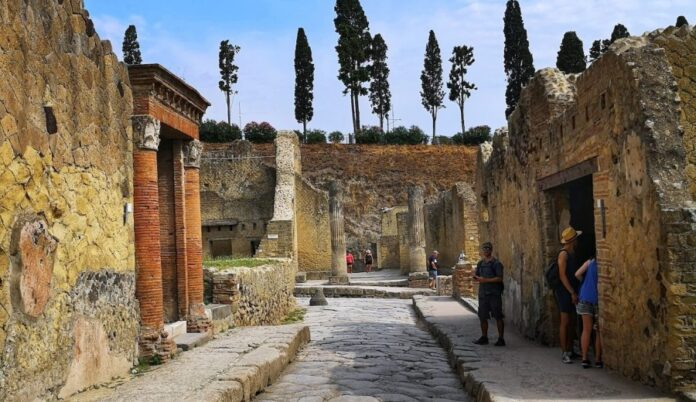
Exploring Pompeii and Herculaneum also provides a wealth of knowledge about Roman customs and daily life, uncovering the subtleties and complexities of a society that existed two millennia ago. Archaeological discoveries have revealed fascinating details about their food habits, showing a rich and diverse diet that ranged from staple cereals and legumes to seafood, meat, fruits, and a variety of wines. The numerous frescoes and artifacts discovered in public places and private homes depict scenes of entertainment and leisure activities, which included theatrical performances, gladiatorial games, and elaborate banquets. Every discovery, no matter how small, paints a detailed picture of the human experience in these cities.
The Mystery of Plaster Casts
One of the most poignant aspects of the excavation of Pompeii and Herculaneum is the creation of plaster casts from the voids left by decomposed bodies in the hardened ash. The eruption of Mount Vesuvius, while it caused immense destruction, paradoxically preserved fleeting moments of life in a unique way. These casts, capturing the last moments of the victims, provide a hauntingly vivid reminder of the human tragedy associated with the eruption. They freeze a moment of immense horror and suffering, rendering visible the ancient Romans’ humanity, individuality, and mortality..
Challenges in Preservation and Tourism
Preserving the ruins of Pompeii and Herculaneum for future generations is an ongoing challenge. Issues such as environmental damage, structural deterioration, and managing the impact of tourism continue to pose significant threats to these historical treasures. Balancing the preservation of these sites with their accessibility to the public is a complex task that requires sustainable strategies and careful management.
Conclusion
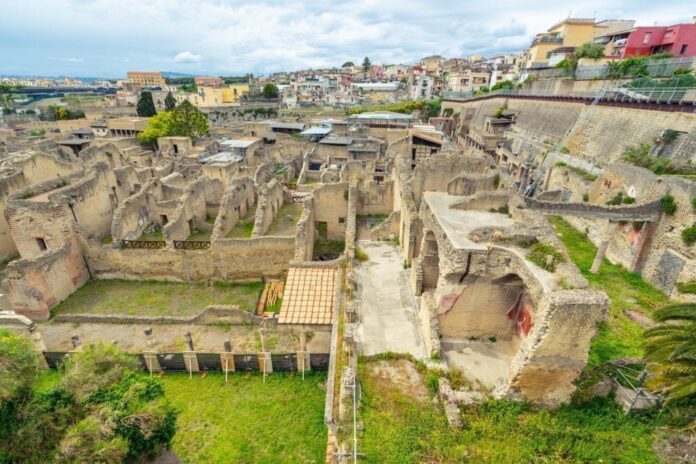
The enduring legacy of Pompeii and Herculaneum serves as a stark reminder of our past and the impermanence of human endeavors. The exploration and preservation of these ancient wonders not only enrich our understanding of history but also allow us to appreciate our shared human experience. As we continue to explore these cities, we are reminded of the importance of preserving these precious windows into the past, ensuring they continue to educate and inspire for generations to come.

